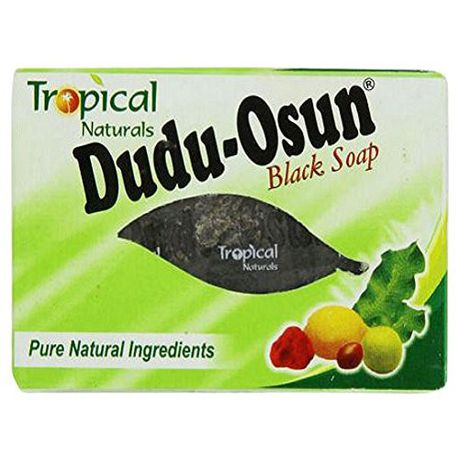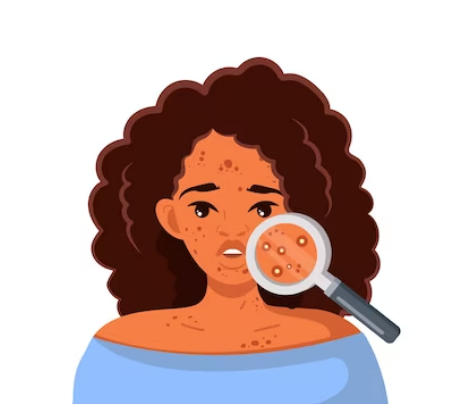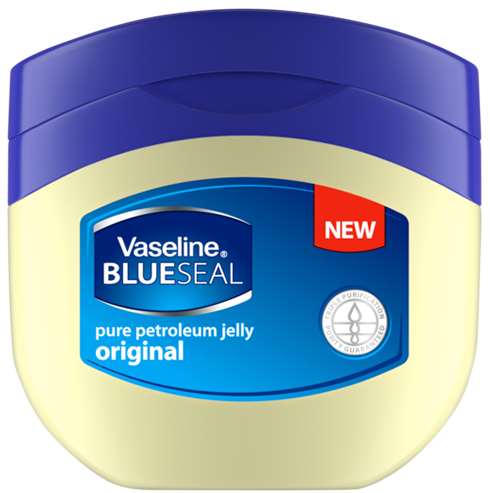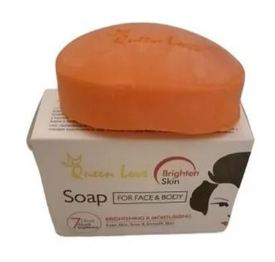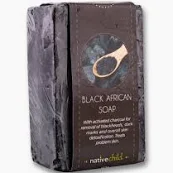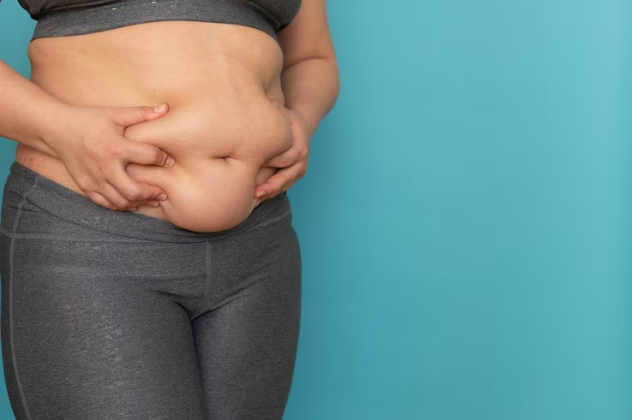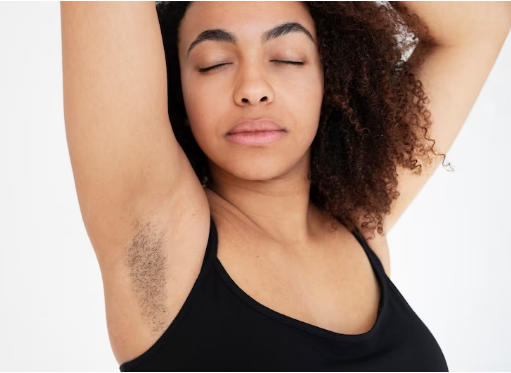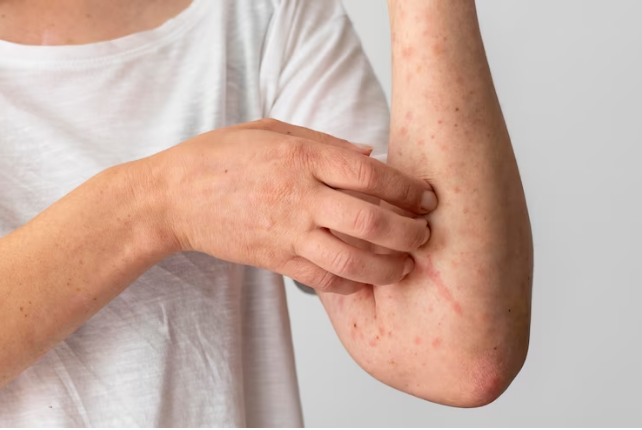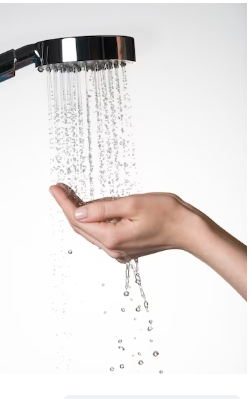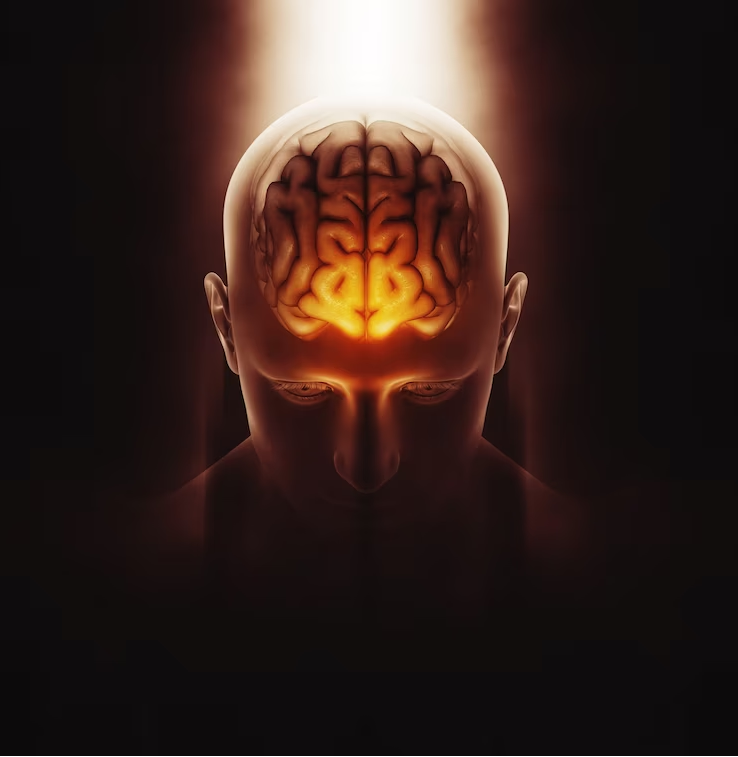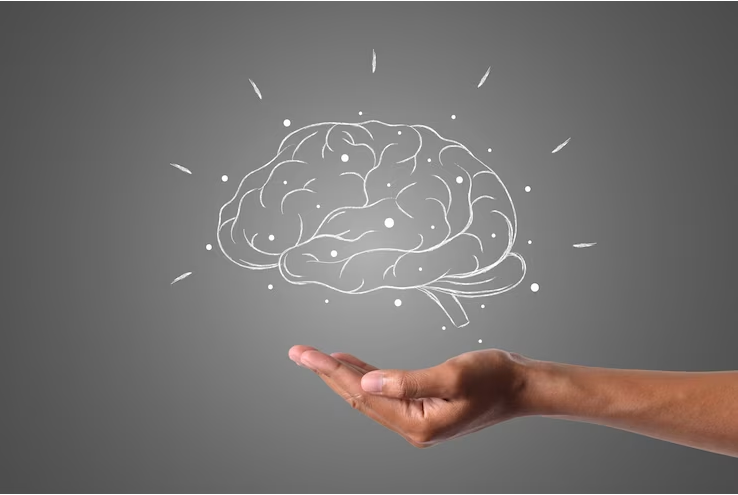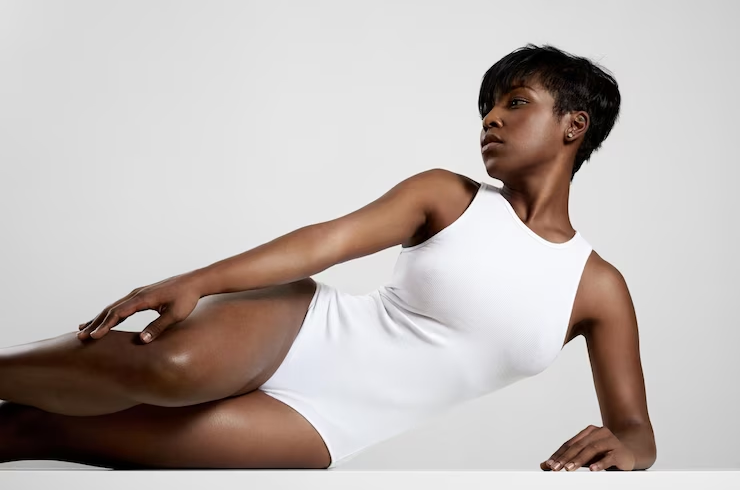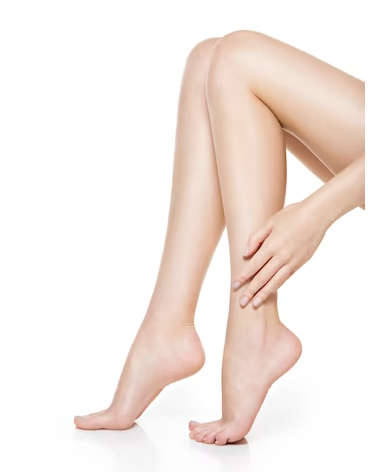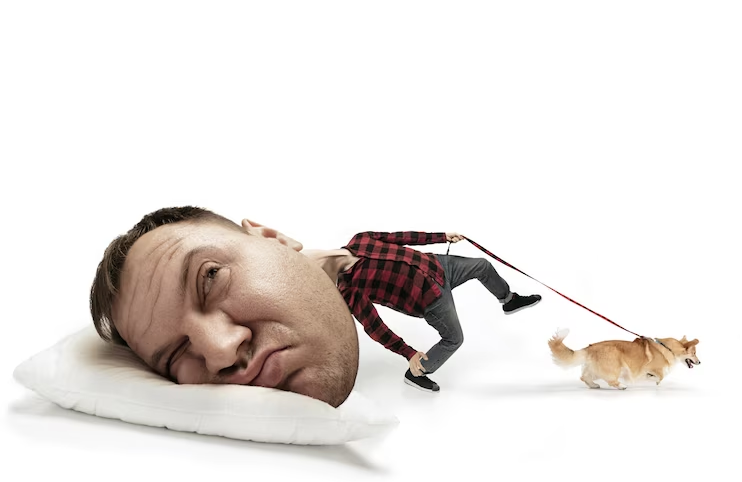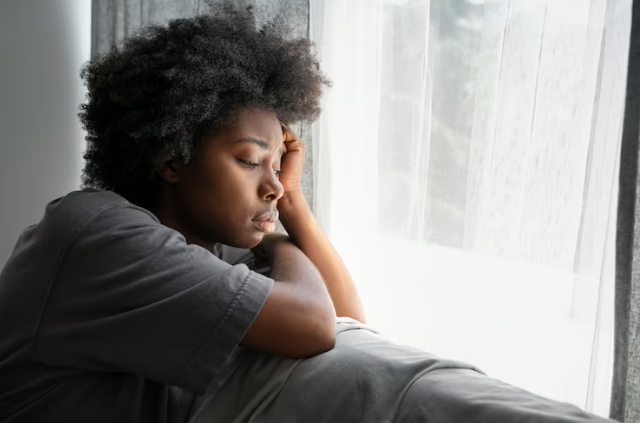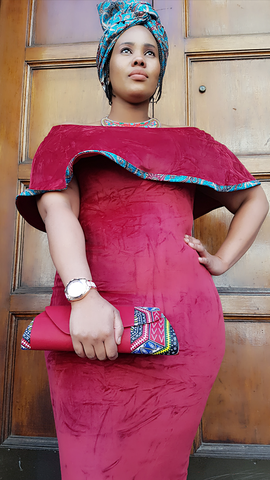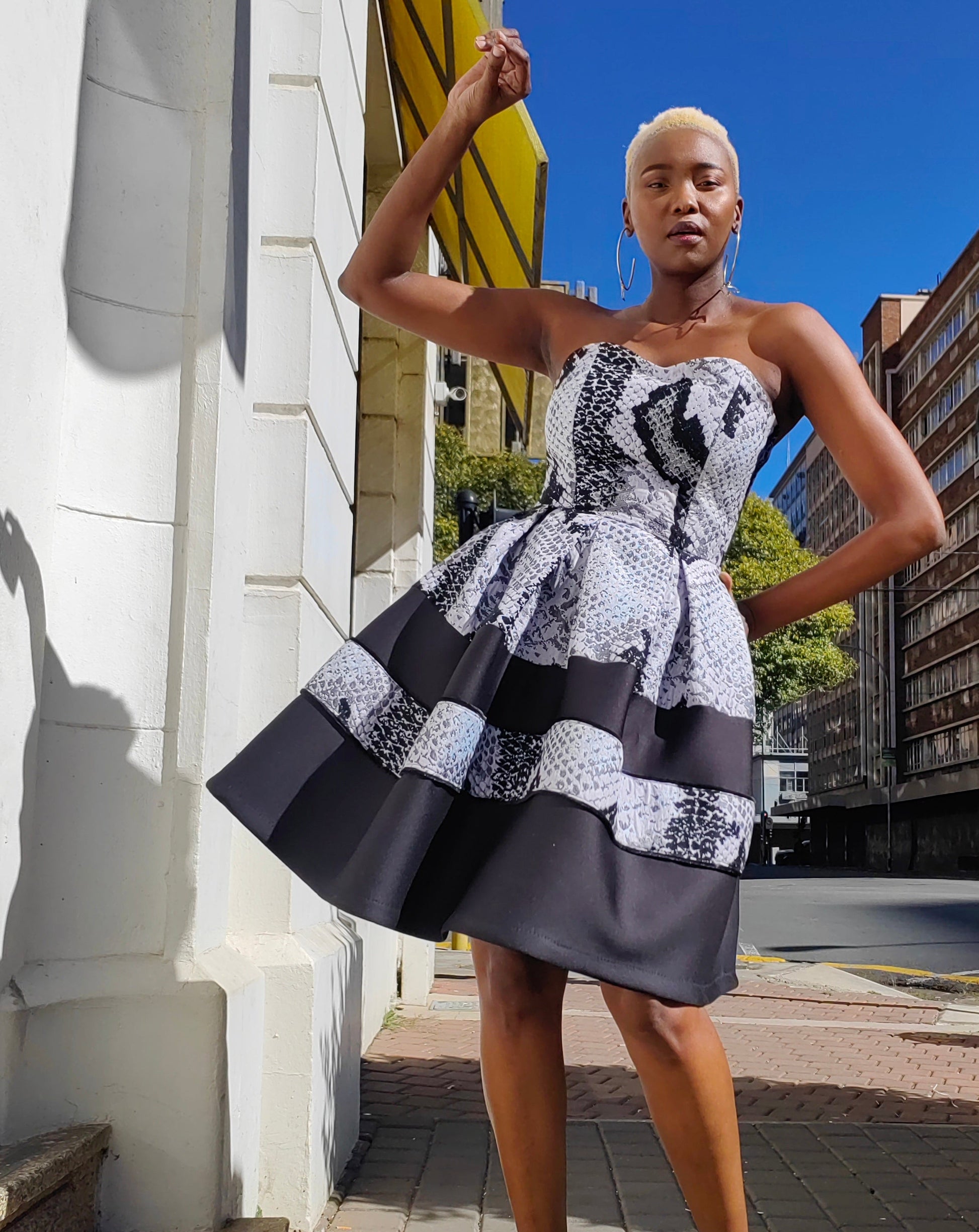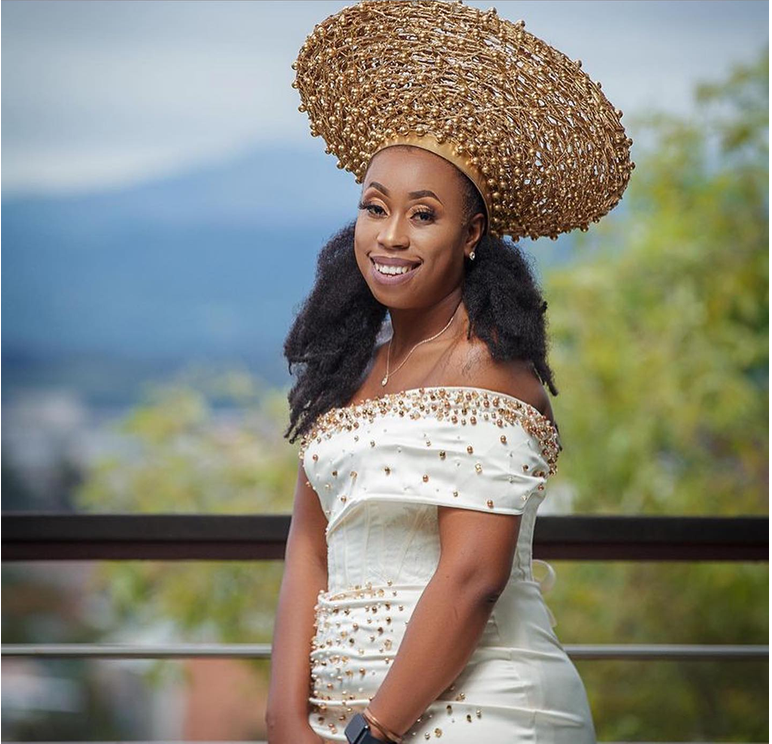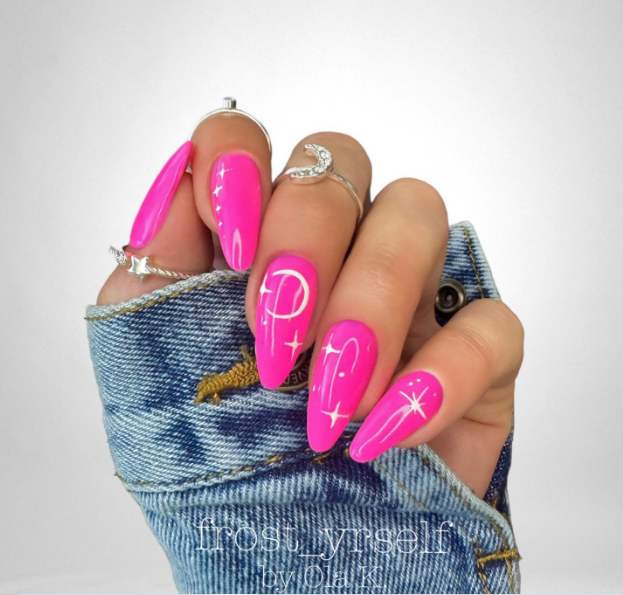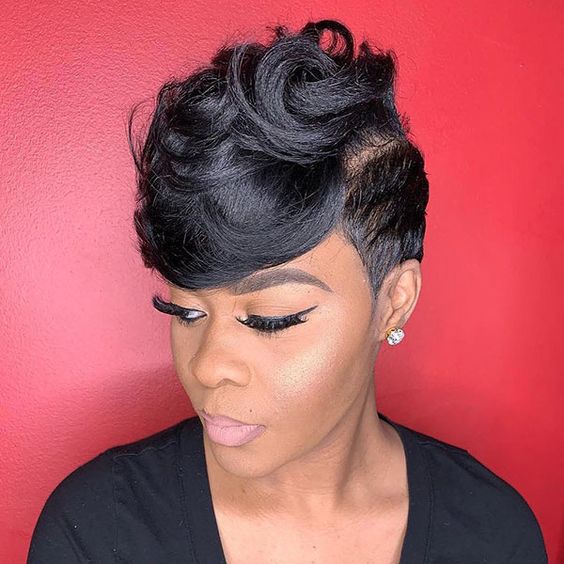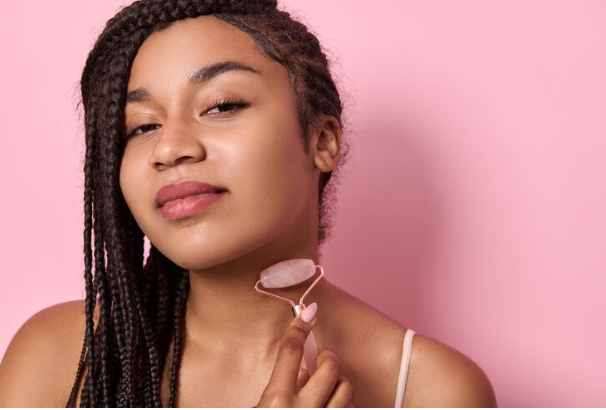
Facial hair growth in women, including on the chin, is more common than many people realize. While it's often perceived as a male characteristic, facial hair can affect women of all ages and ethnicities. The prevalence of facial hair in women can vary depending on factors such as genetics, hormonal imbalances, and ethnic background.
Estimates suggest that between 5% and 10% of women experience hirsutism, a condition characterized by excessive hair growth in areas typically associated with male pattern hair growth, such as the face, chest, and back. However, many more women may experience occasional or sporadic facial hair growth that doesn't meet the clinical definition of hirsutism.
The Impact Of Facial Hair On Women's Self Esteem
The impact of facial hair on women's self-esteem can be significant. Society often places a strong emphasis on physical appearance and adhering to traditional beauty standards, which can lead to feelings of embarrassment, shame, and self-consciousness among women with facial hair. Women may feel pressured to conceal or remove facial hair to avoid judgment or criticism from others.
Facial hair can also affect women's confidence and self-esteem in professional and social settings. Women may worry about being perceived as less feminine or attractive due to their facial hair, leading to feelings of insecurity and low self-worth. This can impact various aspects of their lives, including relationships, career advancement, and overall quality of life.
It's essential to recognize that facial hair is a natural and normal occurrence for many women and that there is no one "right" way to look. Empowering women to embrace their natural beauty, including their facial hair, can help improve self-esteem and promote body positivity. Providing support, understanding, and acceptance for women with facial hair is crucial in challenging societal beauty norms and promoting inclusivity and diversity.
What is Chin Hair?
Chin hair refers to the growth of hair on the chin area of the face. It is a natural occurrence and can affect individuals of all genders, although it is more commonly associated with men. Chin hair typically appears as coarse, thick hairs that may be darker in color than the surrounding facial hair.
Some characteristics of chin hair include:
-
Texture: Chin hair is often coarser and thicker than the hair on other parts of the face, such as the cheeks or upper lip. This can make it more noticeable and prone to irritation when shaved or removed.
-
Growth Pattern: Chin hair may grow in various directions, including upward, downward, or in a combination of both. This can make it challenging to manage and style, especially for individuals with curly or wiry hair textures.
-
Color: Chin hair may be darker in color than the surrounding facial hair, particularly in individuals with darker hair colors. However, it can also appear lighter or more transparent in some cases, depending on factors such as genetics and sun exposure.
-
Density: The density of chin hair can vary widely among individuals. Some people may have sparse or scattered chin hair, while others may have thicker, denser growth.
-
Hormonal Influence: Chin hair growth can be influenced by hormonal factors, such as fluctuations in androgen levels. Conditions like polycystic ovary syndrome (PCOS) or hirsutism, characterized by excessive hair growth in typically male-pattern areas, can also contribute to increased chin hair growth in some individuals.
Overall, chin hair is a natural and normal occurrence for many individuals. While it may be perceived as undesirable by some, it is essential to recognize that everyone's body is unique, and there is no one "right" way to look. Empowering individuals to embrace their natural features, including chin hair, can help promote body positivity and self-acceptance.
7 Reasons Why Women Develop Chin Hair:
-
Hormonal Changes: Fluctuations in hormone levels, particularly androgens such as testosterone, can stimulate hair growth in areas typically associated with male-pattern hair growth, including the chin. Hormonal changes can occur due to factors such as puberty, pregnancy, menopause, or conditions like polycystic ovary syndrome (PCOS).
-
Genetics: Genetic factors play a significant role in determining hair growth patterns, including the likelihood of developing chin hair. Women with a family history of hirsutism or excessive hair growth may be more prone to developing chin hair themselves.
-
Age: As women age, hormonal changes can occur that may affect hair growth patterns. Some women may notice an increase in facial hair, including on the chin, as they get older.
-
Medical Conditions: Certain medical conditions can contribute to excessive hair growth in women, a condition known as hirsutism. Conditions such as PCOS, adrenal gland disorders, and thyroid imbalances can disrupt hormone levels and lead to increased hair growth on the chin and other areas of the body.
-
Medications: Some medications, such as certain corticosteroids, hormonal contraceptives, and hormone replacement therapies, can affect hormone levels and potentially stimulate hair growth in women, including on the chin.
-
Stress: Chronic stress can impact hormone levels in the body, potentially leading to changes in hair growth patterns. While stress alone is unlikely to cause chin hair growth, it may exacerbate existing hormonal imbalances that contribute to the condition.
-
Ethnic Background: Certain ethnic backgrounds may be more prone to developing chin hair due to genetic predispositions. For example, women of Mediterranean, Middle Eastern, or South Asian descent may have a higher likelihood of experiencing hirsutism or excessive hair growth.
It's important to note that occasional or sporadic chin hair growth is normal for many women and may not necessarily indicate an underlying medical condition. However, if chin hair growth is sudden, excessive, or accompanied by other symptoms, it may be worth consulting a healthcare professional to rule out any underlying medical issues.
Permanent Facial Hair Removal
There are several options for permanent facial hair removal, each with varying levels of effectiveness and potential side effects. Here are some of the most common methods:
-
Laser Hair Removal: Laser hair removal uses concentrated beams of light to target and destroy the hair follicles, preventing future hair growth. It is a popular and effective method for permanent hair reduction, including on the face. Multiple sessions are typically required for optimal results, and individuals with lighter skin and darker hair tend to respond best to treatment.
-
Electrolysis: Electrolysis involves the use of a small probe inserted into each hair follicle to deliver an electric current that destroys the follicle's ability to produce new hair. It is a precise method of permanent hair removal and can be used on all skin and hair types. Electrolysis may require multiple sessions over several months to achieve desired results.
-
Intense Pulsed Light (IPL) Therapy: IPL therapy uses broad-spectrum light to target the pigment in hair follicles, heating and damaging them to inhibit future hair growth. While IPL can effectively reduce hair growth, it is typically less precise than laser hair removal and may require more sessions to achieve desired results.
-
Prescription Medications: Certain prescription medications, such as eflornithine (Vaniqa), can slow down facial hair growth over time. These medications work by inhibiting the enzyme responsible for stimulating hair follicle growth. While not technically permanent, they can significantly reduce the need for hair removal treatments.
-
Surgical Options: In some cases, surgical methods such as electrolysis or laser hair removal may be used to remove facial hair permanently. Surgical options are typically reserved for individuals with severe hirsutism or specific medical conditions causing excessive hair growth.
It's essential to consult with a qualified dermatologist or licensed practitioner before undergoing any permanent facial hair removal treatment. They can assess your individual needs, recommend the most appropriate method for your skin and hair type, and provide guidance on potential risks and side effects associated with each treatment option. Additionally, it's essential to follow post-treatment care instructions carefully to minimize the risk of complications and achieve optimal results.

